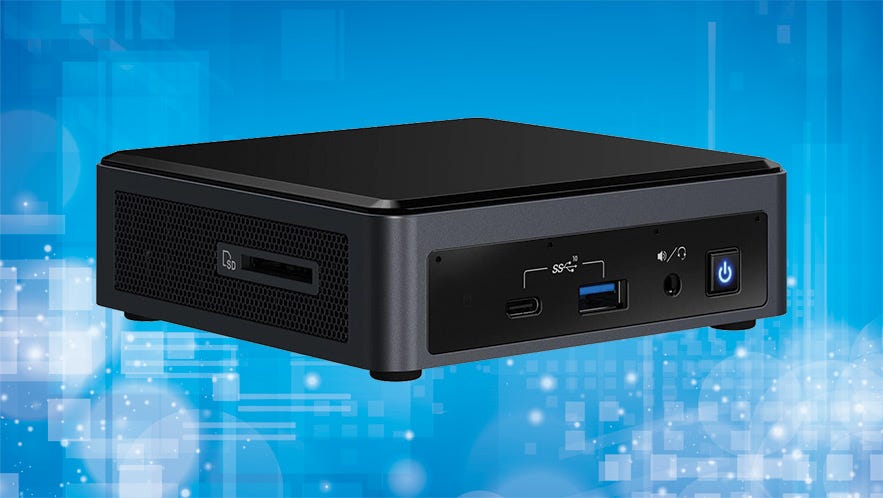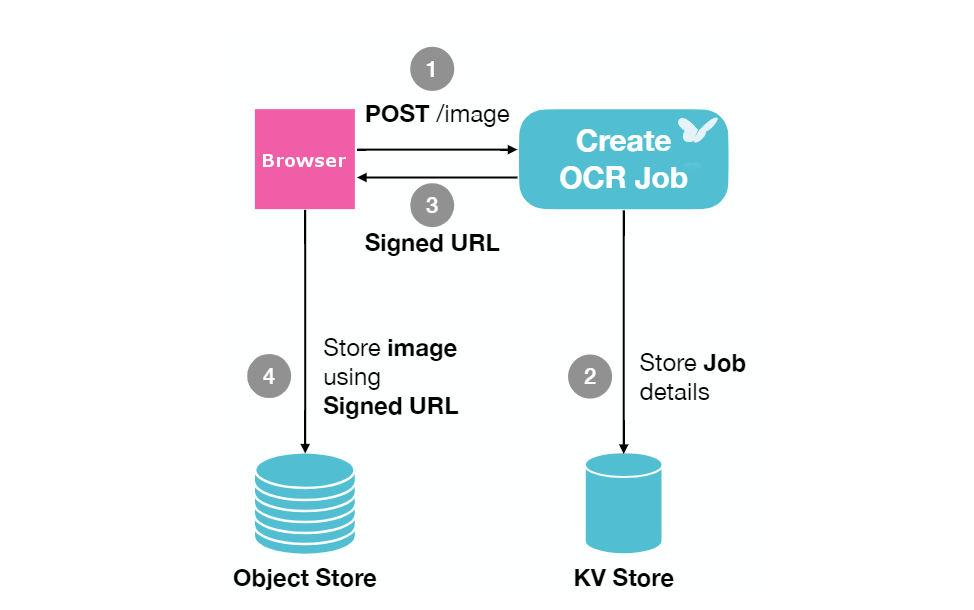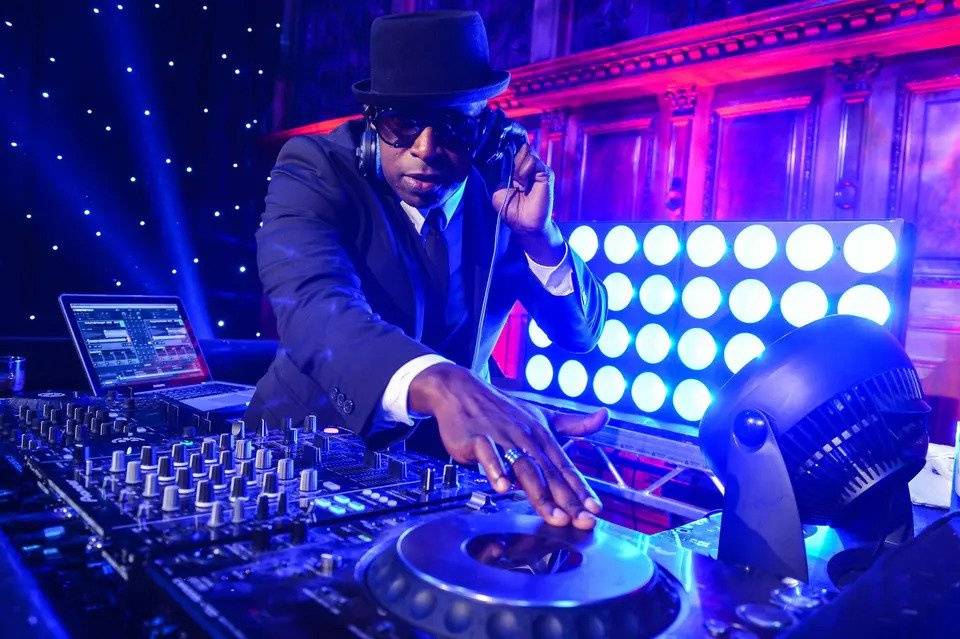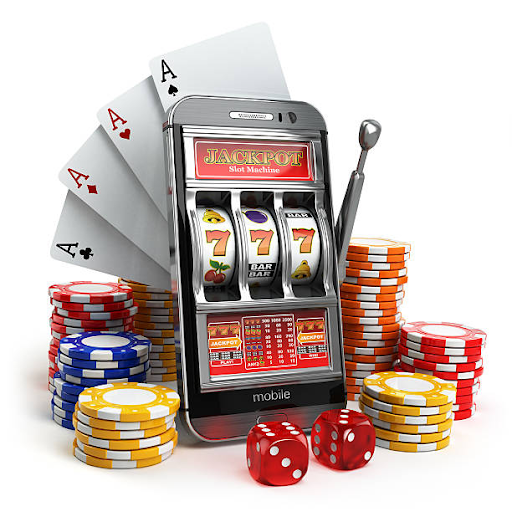
Most people who use a personal computer (PC) at home use a laptop. Still, there are other options available. We utilised a Gigabyte Brix at work for a while to see what it’s like to have a mini-PC on your desk. Getting a small PC for the office is a good idea.
When you think about the trend toward the “hybrid office,” it might seem easy to choose a laptop. If you go back and forth between the office and home during the workweek, it makes sense to use the same computer for both places. But there are some major problems with using a laptop.
Even if a laptop has a top-tier mobile processor from AMD or Intel, most laptops aren’t powerful enough. Unfortunately, the connections on many high-resolution monitors may not always work the way they should. If you want to connect all of your devices, you may also need a docking station.
Table of Contents
Replacements for the laptop
There are a few things you can do if you’re still not sure if you need a laptop for your (home) office and want to find out more. You can choose a typical tower PC if you want to, but some people might not like its size. If you don’t need a big (PCIe) expansion or a powerful, dedicated graphics card, you don’t need it. For stalkers, check out https://www.bestcasinositesonline.com/real-money-casinos/.
Mini PC
This article talks about how the mini-PC can be used in home offices instead of a laptop. In this group is the Gigabyte Brix, which will be talked about in more detail below. The name “personal computer” tells you what it does. It has a PC in it. The main parts are the same as in a laptop without a screen, but the chassis is much smaller.
PCs have different ports and full-featured network access (via Ethernet in addition to WiFi and Bluetooth). Modern devices often let you connect up to four screens at the same time. Small PCs are easy to hide because they are small.
A VESA mount kit, which comes with most mini-PCs, is one way to do this. It is good for a minimalist workspace because it is slim and small. It can also help with digital signage and point-of-sale systems.
There are, however, some bad things about using a mini-PC. The main problem is that many things don’t work well right out of the box. Yes, you can buy the case, the motherboard, and the CPU separately.
Most of the time, you have to provide your own solid-state drive (SSD), memory, and Windows licence (RAM). Even if it’s not a big problem on its own, it’s something to think about. Of course, you can also buy mini-PCs that are already put together.
It’s also possible that the more powerful models could overheat because of how the small chassis and powerful processor work together. Even though they are small, mini-PC fans are usually the loudest parts of a computer. You can also raise the bar by visiting real money casino australia.
Another problem with mini-PCs that is easy to see is that they don’t have monitors. On a different screen, the results may look better. Lastly, a mini-PC can be moved if necessary, but it is not made to be moved around.
As was already said, the parts inside a mini-PC are not very different from those inside a laptop. This means that computers you can take with you are included. There is no way to put in a desktop processor.






